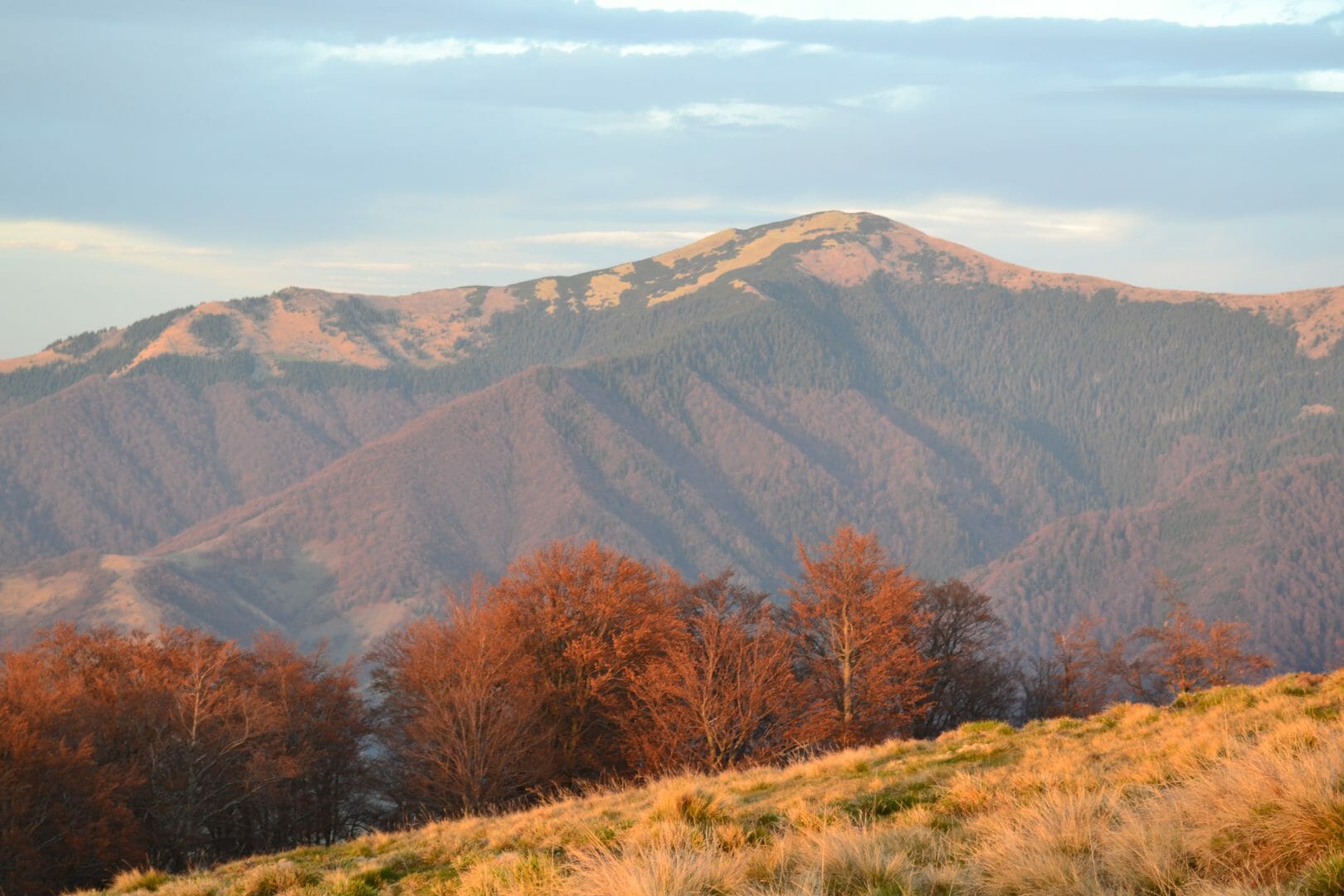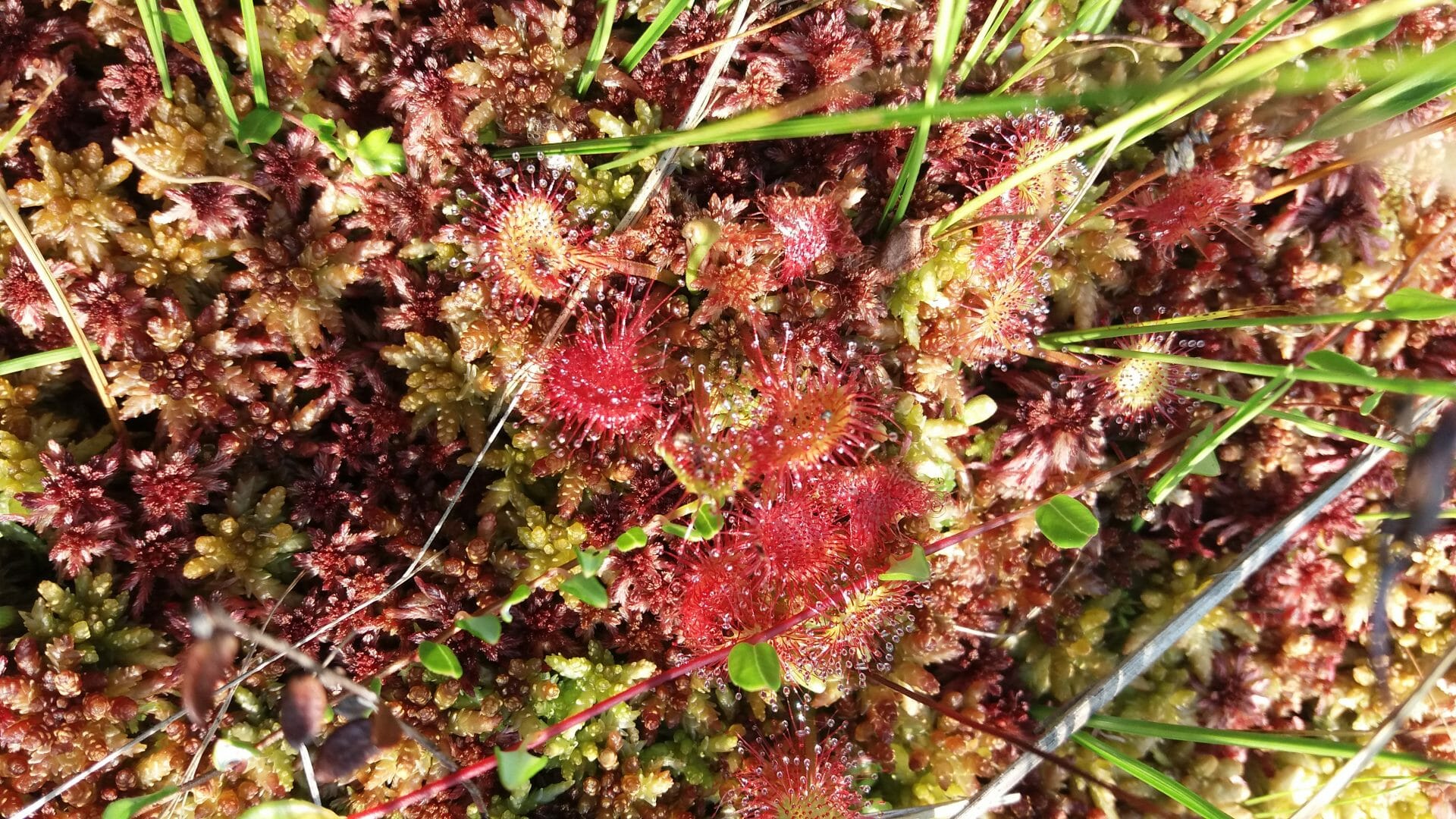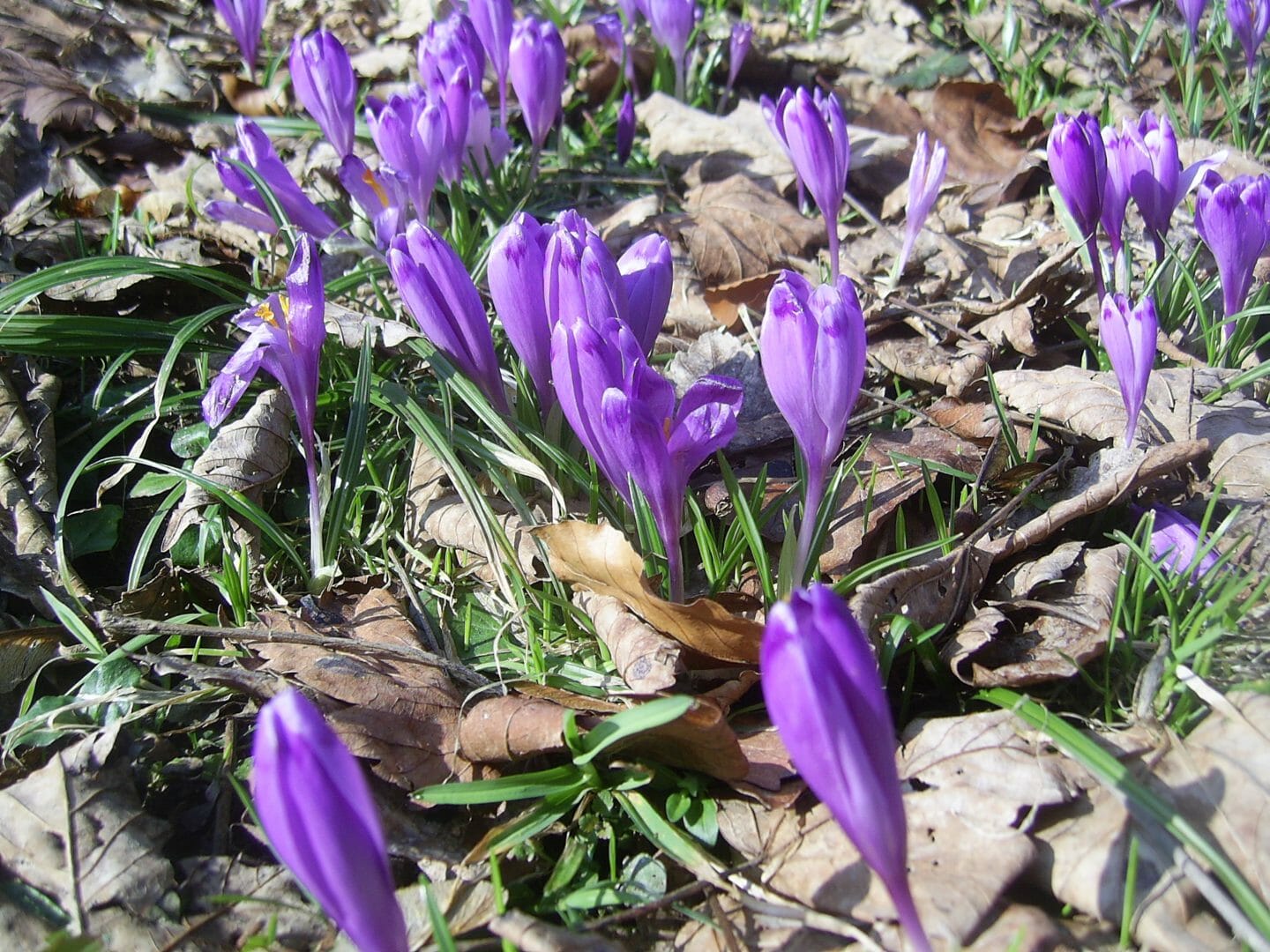What Grows Here?
Unique Carpathian beech virgin forests are the main pearl of Synevyr's flora. Here are two parts of the UNESCO World Natural Heritage, which are in Ukraine. These are “Darvaika and Strimba”, as well as “Kvasovets and Vilshany”.
“Darvaika” and “Strimba” beech virgin forests are unique in terms of preservation of their upper line, which is exclusively natural, as well as the high altitude distribution of beech - up to 1400 m above the sea level, and even above, because, usually, it does not exceed 1350 m in such the conditions. Beech here often takes the form of “steles” under the influence of avalanches, and other climatic factors.
In addition to forests, there are large areas of subalpine meadows covered with one-piece carpet of blueberries, which are constantly receding under the pressure of the forest. This, in fact, is a clear example of the vertical expansion of forest beech. The flora and vegetation of these meadows, as well as beech stands, are characteristic for all the Carpathians. Among the typical forest species, such as Clematis Alpina, Scopolia Carniolica, Belladonna, etc. there are 6 endemic species: Campanula bellflowers, Carpathian and Marmaros cornflowers, Leucanthemum waldsteinii, Carpathian buttercup, and Silene vulgaris.
“Kvasovets” and “Vilshany” are located on the western mega slopes of Polonyna Krasna on Polonynsko-Chornohirskyi ridge. Here, at 650 m above sea level, and to the forest line, a continuous forest in which spruces and firs sometimes occur, and maple-beech groups near the forest are formed by the beech. The forest line is mostly artificial, although in some places it has retained its natural character, and is formed by pine stands and crooked forests of mountain pine and green dushekia. The flora of local beech forests is quite poor, and has only 187 species of the most common vascular plants.
In total, the flora of Synevyr Park includes 890 species (133 of which are rare), which belong to 392 genuses (90 of them are rare).
The main areas of Synevyr Park are occupied by pine, mostly spruce forests, which are analogous to the taiga, and have a fairly high floristic density, in contrast to the dark beech forests, where there are quite a few species.
You can also find meadows, hanging grassy bogs, as well as rare ecosystems on limestone outcrops. Almost 61 percent of the forested area is occupied by fir and spruce. Below 1200 m firs and spruces grow with admixtures of beech, maple, sycamore, ash, and the mountain line is occupied by pure spruce trees. Although pure fir plantations are highly productive, they are often exposed to windbreaks.
European spruce, reaching a height of 40 meters, is the most common among coniferous species. Its trunk is flexible, full of wood, and cleared of knots in the woods. In some places the groups of spruce are continuous, and in places they mosaically alternate with thickets of mountain pine. Spruce grows here unproductively - at the age of 150 it reaches barely 15-18 meters in height.
Juniper grows on all peaks over 1500 m height. Siberian juniper, blackberry, blueberry, cranberry, spruce, and Lycopodium selago are typical species here. Green alder grows on the northern slope of Krasna mountain meadow, and extends to the west to the top of Menchul. Glukhania raised bog, located on the territory of the Negrovets PONDV, and Zamshatka sphagnum oligotrophic bog, where a number of rare species grow, are the interesting corners of the national park.
Endemic and subendemic species such as Telekia speciosa and Waldstein's thistle grow on the river terraces. The European meadow, the Traunsteiner spherical, the mountain arnica, and others are marked on the mountain meadows. Gerbich's encounter, and Ranunculus platanifolius are common on rocky placers, and tricolor violet is common on Polonyna meadows.
Round-leaved finger grass (Drosera rotundifolia L) grows in the national park on the sphagnum oligotrophic bogs of Glukhan and Zamshatka, and is one of the most interesting plants. This is a perennial herbaceous plant of the family of insectivorous finger grasses, and its height is 10-20 cm. It has the leaves with a transverse oval plate, and a long petiole. Flower stalks are thin, reddish, bending at the apex before flowering, as well as erect, and several times longer than its leaves. Its petals are white, lobed, 5-6 mm long, and about 3 mm wide. The surface of finger grass leaves is covered with numerous sticky glandular hairs, to which insects and other small invertebrates stick. Under the action of enzymes released, they are decomposed and assimilated by the plant.
Bog cranberry (Oxycoccus microcarpus) - its fruit is a valuable product in the food industry and folk medicine. The berry dulls the development of microorganisms, microbes, and bacteria. It quickly heals burns and festering wounds. It has a beneficial effect on the cardiovascular system, as well as prevents the formation of blood clots, and kidney stones. Cranberries are used in case of colds. It has a beneficial effect on people with diabetes. Berry is a tonic, and also prevents the development of glaucoma.
Cranberries form thickets on sphagnum bogs. On the territory of the Synevyr National Nature Park it grows on the oligotrophic bogs of Glukhan and Zamshatka, and is listed in the Red Book of Ukraine.
Turk's cap lily (Lilium martagon) is a perennial bulbous plant, one of the species of lily (Lilium) genus of the lily family. Turk's cap lily is the only species of lily that grows in Ukraine in the wild. It is listed in the Red Book of Ukraine. The park is protected on the outskirts of the wetland of Lake Synevyr, which meets the requirements of the Ramsar Convention, and is of international importance.
Heifel saffron (Crocus heuffelianus) is a perennial plant of the cockerel family. The species is listed in the Red Book of Ukraine. It is considered to be a valuable decorative culture. This herbaceous plant is 10-19 cm tall, geophyte, and spring ephemeroid. It grows in numerous continuous populations on the territory of the Synevyr National Nature Park in Kvasovka, Synevyr, Sukhar, Negrivets, Olshan, and Kolochava.








